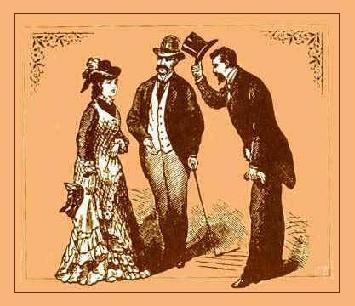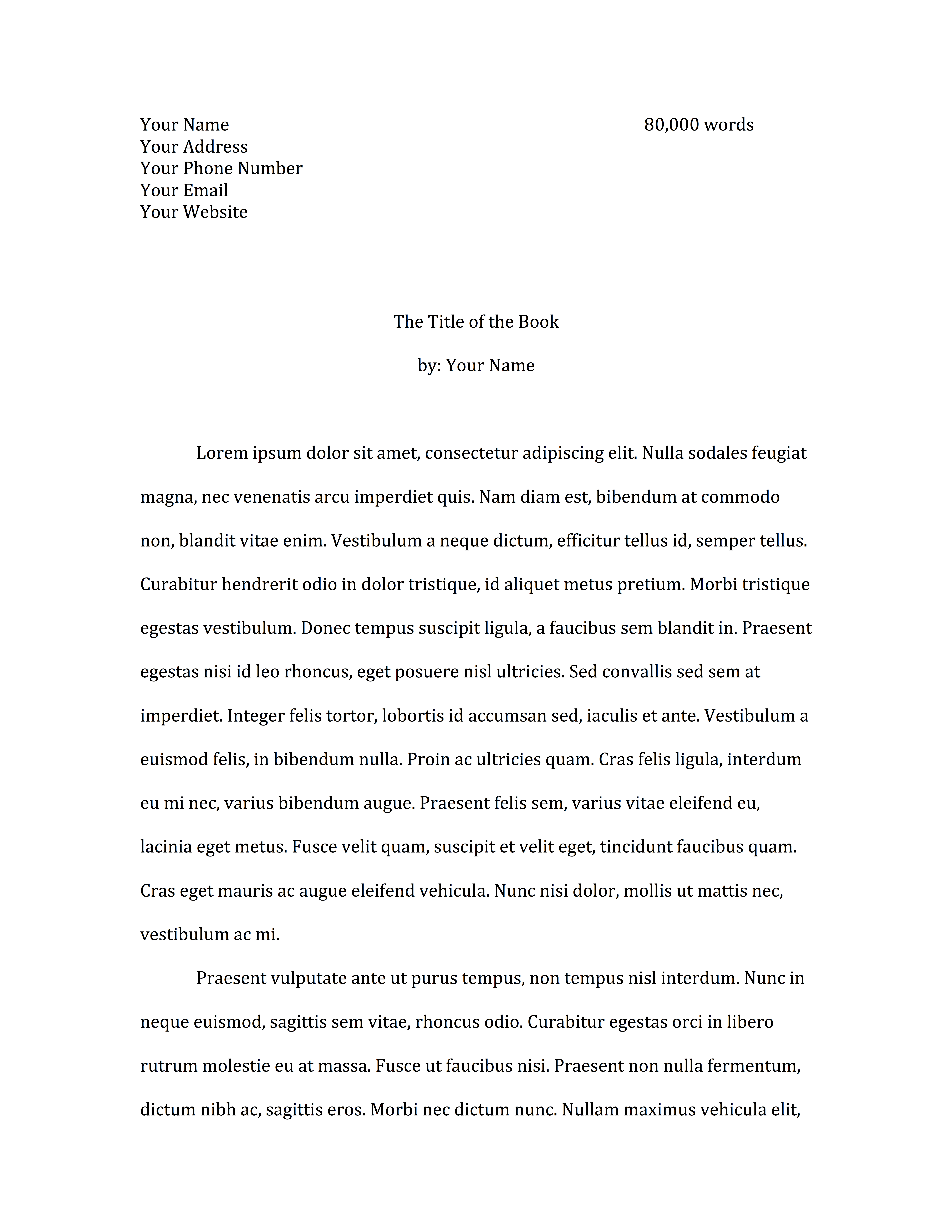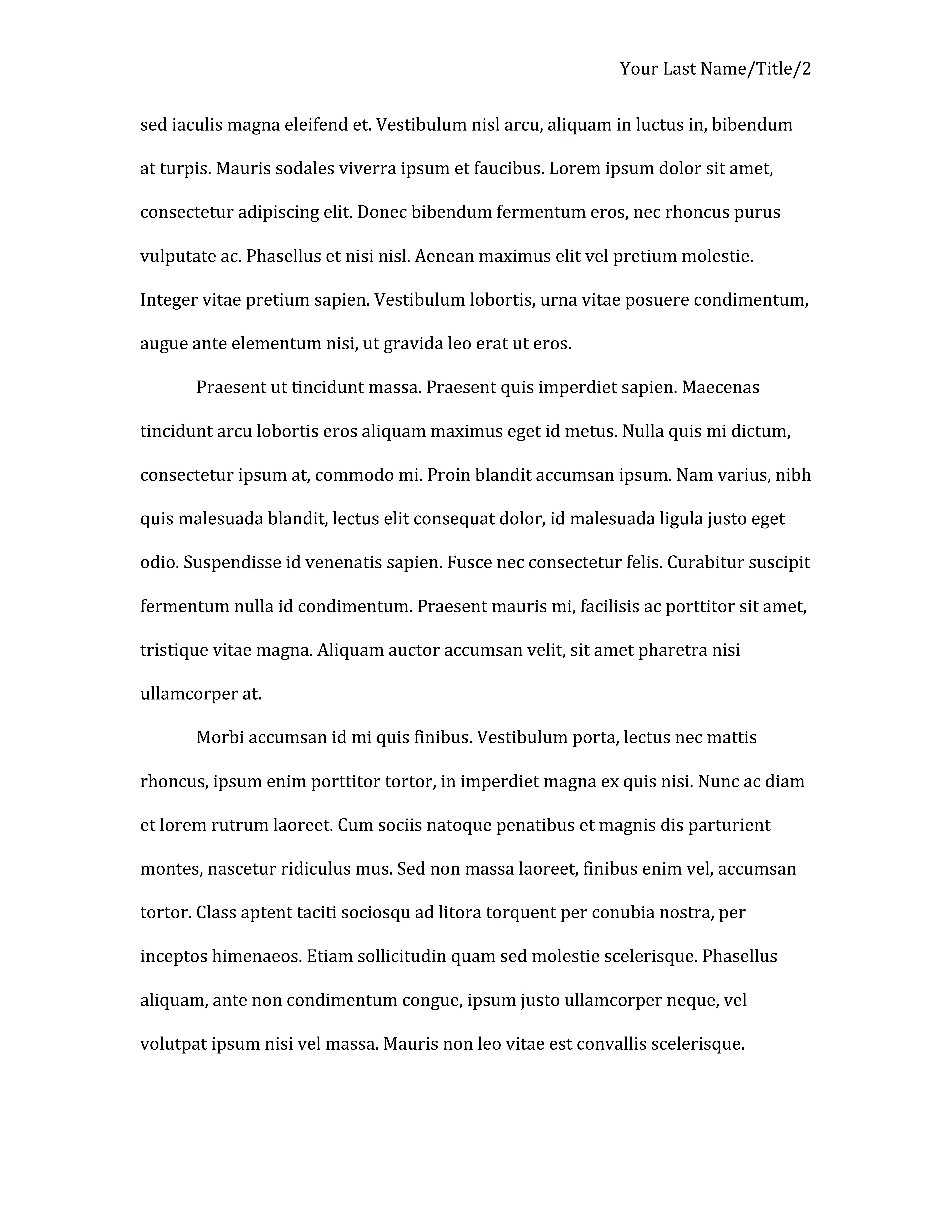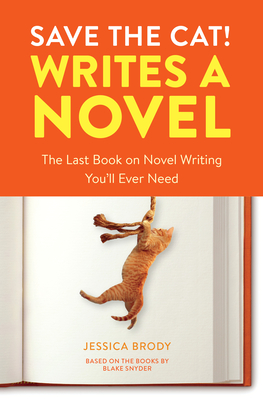
Next week I will be attending the SDSU Writers Conference in San Diego, and then a few weeks after that the SFWC in San Francisco. Both of these conferences are among the top 5 on the West Coast in terms of how many agents and editors they bring in. If you are attending either of these, your primary focus is probably pitching your manuscript to agents, or learning more about the process on how to get an agent. And a lot of you are most likely terrified to meet face-to-face with the agents.
In order to ease your fears, and make it smoother for both of us, I thought I’d share some tips on how to pitch an agent at a conference. First it’s good to realize that agents and editors get hustled around on a very tight schedule. We get VIP treatment, have our faces and names everywhere, and are by default placed high out of the regular conference goer’s reach, giving off the intimidating impression that we are the lofty stars of the conference. Which doesn’t help when you have to pitch your heart and soul to us in under three minutes later that day. Just remember, the reasons for this treatment are because the organizers want to sell us as part of the package of the conference, but they also don’t want us overwhelmed and they want us to come back the following year. So despite the buzz around us, we are human. We are not rockstars nor are we monsters. We know you’re nervous and, while some of us may be more brusque than others, we are all there because we want to support writers as well as seek out new talent. We want to hear your pitch.
With that in mind, a few tips to make your pitch stand out:
- Attend and pay attention to the agent/editor introduction panel. Most important on that panel, they will tell you what they are currently seeking. The bios in the brochure may be out of date, or there may be something particular the agent is looking for at that exact time. The panel will also help you get a feel for our character. If an agent is snarky on the panel, then you know you need to pitch them directly and professionally to catch their attention. If an agent is sweet, there’s a little more leeway to let your nerves show during your pitch and perhaps being friendlier is a better approach.
- During the actual pitch open with a nice greeting and then the genre, title, and word count of your manuscript. If your manuscript isn’t finished, say it here as well. It’s okay to pitch an unfinished manuscript, let us know you simply want to practice your pitch.
- Try to make your pitch easy to remember, so that you can say it instead of read it. When you read from a page, our eyes start to glaze over, especially if it’s late in the day. We don’t need all the little details of the story, just the basic premise. This also opens up the time for us to ask a few questions about you or the story. The most memorable pitches I have had with writers are conversations about who they are, what their career plans are, what inspired them to write their story, etc.
- Do not offer us a business card or sample pages. We will throw them out.
- Do not try to be overly clever with your pitch, i.e. reading it in the character’s voice, or bringing drawings of the characters. There is limited time and we want to get to know you as the writer and your story.
- Do brush your teeth beforehand, or have a breath mint if you know your breath is stronger than average.
- Be aware of the time warnings and considerate of those waiting to pitch after you. Don’t keep talking when the moderator calls your time up. Courtesy and politeness go a long way when leaving an impression.
- Thank the agent for their time at the end of the session.
- My own personal tip, don’t offer to shake hands with me. I’ve gotten a cold or two in the past from conferences, so I’ve become more wary of shaking hundreds of hands over the course of a day. But I always feel rude when I say something, so it makes me really happy when a writer doesn’t extend that hand!
In the end, all of this is easier said than done. So when you approach me, know that I am really nice and understanding, promise. But I probably won’t remember you or your pitch. So these tips are for standing out above the crowd.
*Extra tip. If an agent states during the introduction panel that they are approachable during off times or if there is an general indicator during the conference for when it is okay to approach us (usually this is signaled by our name tags turned out or in), it means we really are open to being approached by writers. You can come up to us and say hi and ask questions and perhaps make yourself a little more memorable. Avoid doing this if we are walking in a group with a clear destination, or if we are heavily in conversation with someone. But if we are milling around a common room chatting with other conference goers even if they are only other agents, feel free to approach and make eye contact, and we will usually open the conversation.
Hope to see you at a conference!





